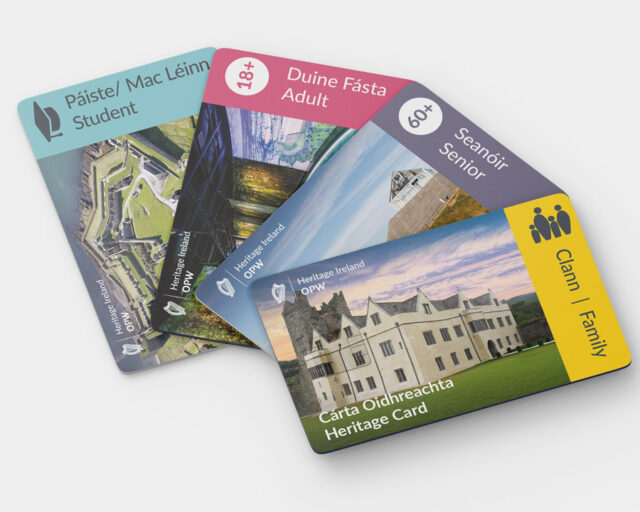Hill of Tara Highlights (11)
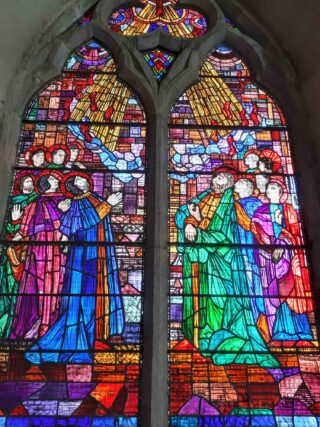
The Visitor Centre
A stop-off at the visitor centre is an essential starting point for a visit to the Hill of Tara, the seat of Ireland’s high kings. You’ll find the visitor centre inside the nineteenth-century Church on the Hill, which contains a beautiful stained-glass window depicting the Pentecost by renowned artist Evie Hone. In the churchyard there are two standing stones. Look out for a weathered carving on the taller of the two, which is believed to be a Sheela-na-gig.
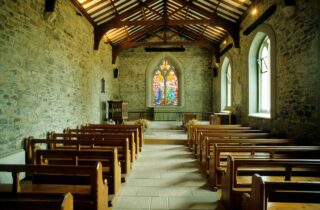
Audio-visual Spectacle
Enjoy the 20-minute audio-visual presentation, which includes fantastic aerial views of this large complex of ancient monuments. Go on a journey through history, from the beginning of activity at this ancient royal site right through to the present day. There is also footage of the site under excavation, giving us an insight into the complex and fascinating work of archaeologists.
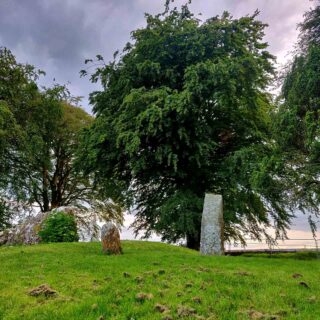
Take a Tour
After the audio-visual show, why not join a guided tour of the hill? One of our enthusiastic guides will accompany you to the main monuments clustered around the summit, explaining their history and mythology along the way.
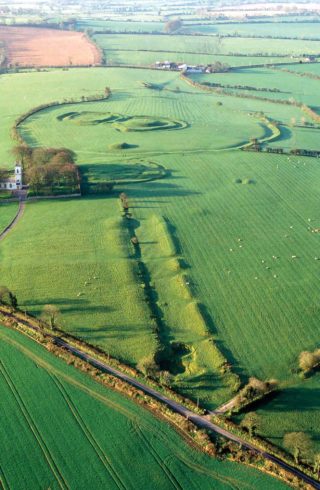
The Banqueting Hall
Visit the great banqueting hall built during the reign of Cormac MacArt, now evidenced by 200-metre parallel earthen banks. This is said to be where the great feast of Tara was held in days of yore. However, archaeologists believe these banks are more likely to be the remains of a ceremonial avenue leading up to the hill, designed to make the experience of entering Tara a spectacular one. If you follow this route to the summit, you may be almost literally walking in the footsteps of kings.
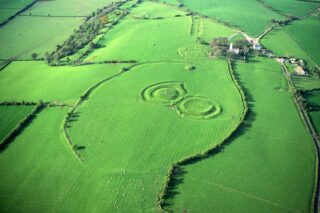
The Rath of the Synods
This monument is the setting for one of the most intriguing stories associated with Tara. At the end of the nineteenth century, the British Israelites believed that the Ark of the Covenant was buried in this monument. They dug it up, destroying much of the site in the process.
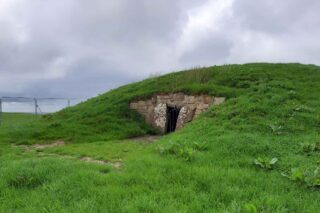
The Mound of the Hostages
Don’t miss the Mound of the Hostages, the oldest visible monument on the Hill of Tara. It is a 5,000-year-old passage tomb where human remains were placed. A second period of burial activity took place during the Bronze Age. The entrance to the chamber is on the east side. Look inside and see a stone featuring some wonderful megalithic art.
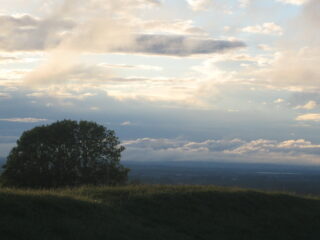
The Fort of the Kings
This is the largest enclosure on the hill of Tara. The circumference measures a full kilometre. It encloses the summit of the hill and is outlined by an internal ditch and external bank. Archaeologists believe it was built to mark the summit of Tara and set apart as a sacred sanctuary. It dates from the Iron Age, 2,000 years ago.
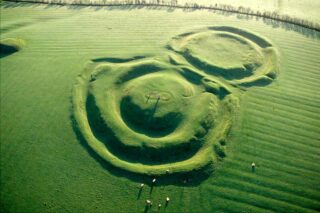
The Royal Seat and Cormac’s House
At the highest part of the Hill of Tara lie two sites resembling a figure of eight when seen from above. They are physically interlinked, but archaeologists believe they were probably built at different times and had different functions. The Royal Seat is thought to be a barrow or burial mound dating from the Bronze Age or early Iron Age, and in later times may have served as the inauguration mound of the kings. Cormac’s House is thought to be a ringfort or a place of habitation, possibly built between the eighth and tenth centuries AD. It is likely that the builders of Cormac’s House deliberately included the Royal Seat in their own place of habitation to show they now controlled the inauguration mound, the epicentre of this momentous place.

Lia Fáil – The Stone of Destiny
Located on top of the monument known as the Royal Seat, this coarse white granite pillar stone is said to be the inauguration stone of the high kings. Touch it, but know that you will be testing your destiny if you do. According to legend, the stone emits a screech when the true king lays his hand upon it.
Find out how this ancient place was absorbed into later streams of history too. Beside the stone is a modern-day memorial to the 1798 Rebellion, erected to mark the 140th anniversary of the Battle of Tara, which took place on 26 May 1798. Elsewhere on the hill there is another memorial, a small granite Celtic cross, put up in 1948 to commemorate the 150th anniversary of the same event.

Dramatic Views
From the top of the hill you can enjoy panoramic views of the surrounding countryside. There is a sense of elevation, even though the hill of Tara is only 155 metres above sea level. On a clear day you can see right across the central plain of Ireland, from the Mourne and Cooley Mountains in the north-east to the Slieve Bloom Mountains in the south-west and the Wicklow Mountains in the south.
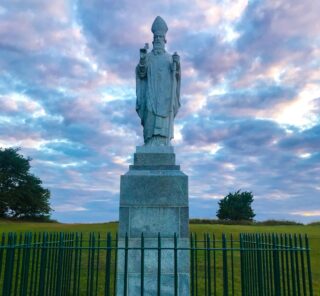
St Patrick’s Statue
Look out for the statue commemorating St Patrick, Ireland’s patron saint. According to legend, St Patrick lit the paschal fire on the Hill of Slane in opposition to King Laoghaire. Legends tell of a dramatic confrontation at Tara between Patrick and the pagan druids.
